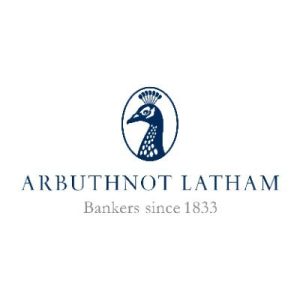HISTORY OF BIOPLASTICS
Bioplastics aren’t a new concept. The first synthetic polymer, created in the early 20th century, was derived from plant material. However, with the rise of petroleum-based plastics, bioplastics took a backseat until recent environmental concerns brought them back into the limelight.
THE 5 MOST COMMON TYPES OF BIOPLASTICS
1. Cellulose-based Bioplastics: Derived from the cellulose component of plant cell walls, these bioplastics are one of the oldest types. They are produced using cellulose esters and derivatives. While they are not entirely biodegradable, they offer a more sustainable alternative to petroleum-based plastics.
2. Starch-based Bioplastics: Starch, a natural polymer found in many plants, serves as the primary ingredient for this type of bioplastic. These bioplastics are fully biodegradable and are often used in packaging and disposable items. They can be blended with other materials to enhance their properties.
3. Protein-based Bioplastics: Derived from proteins like casein (from milk) or gluten (from wheat), these bioplastics are biodegradable and have been used in niche applications, such as in the medical field for sutures.
4. Organic Aliphatic Polyesters: These bioplastics are derived from organic compounds and are fully biodegradable. Polylactic Acid (PLA) is a popular example, made from fermented plant starch (usually corn). They are commonly used in packaging, agriculture, and even in the medical field.
Biome Technologies plc (LON:BIOM) is a growth oriented, commercially driven technology group. The Group’s primary activity is the development of its fast growing business in bioplastics. The Group comprises two divisions: Biome Bioplastics and Stanelco RF Technologies.

















